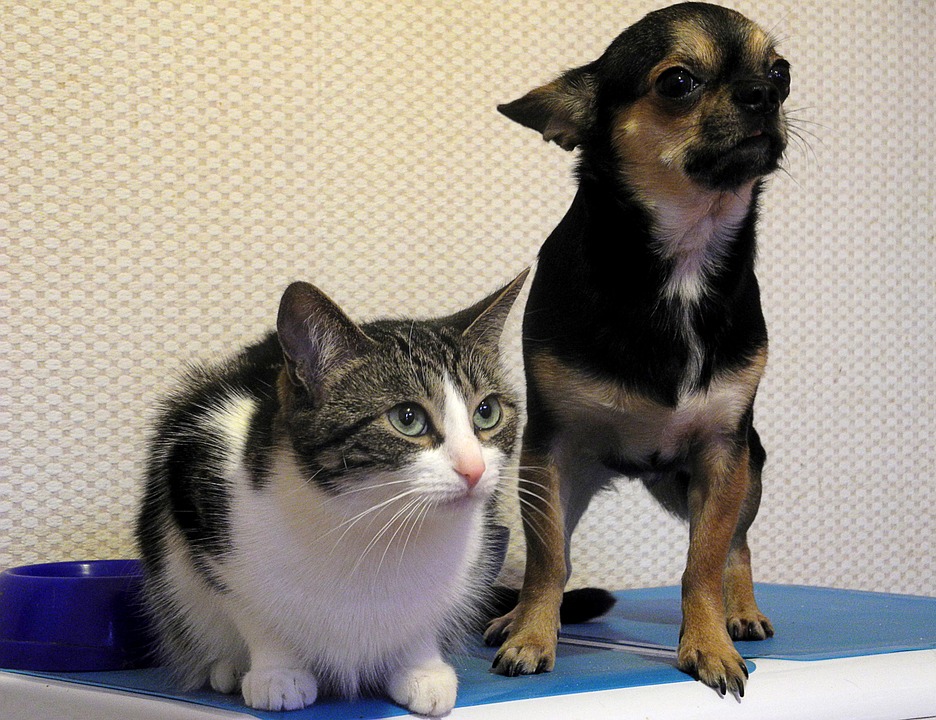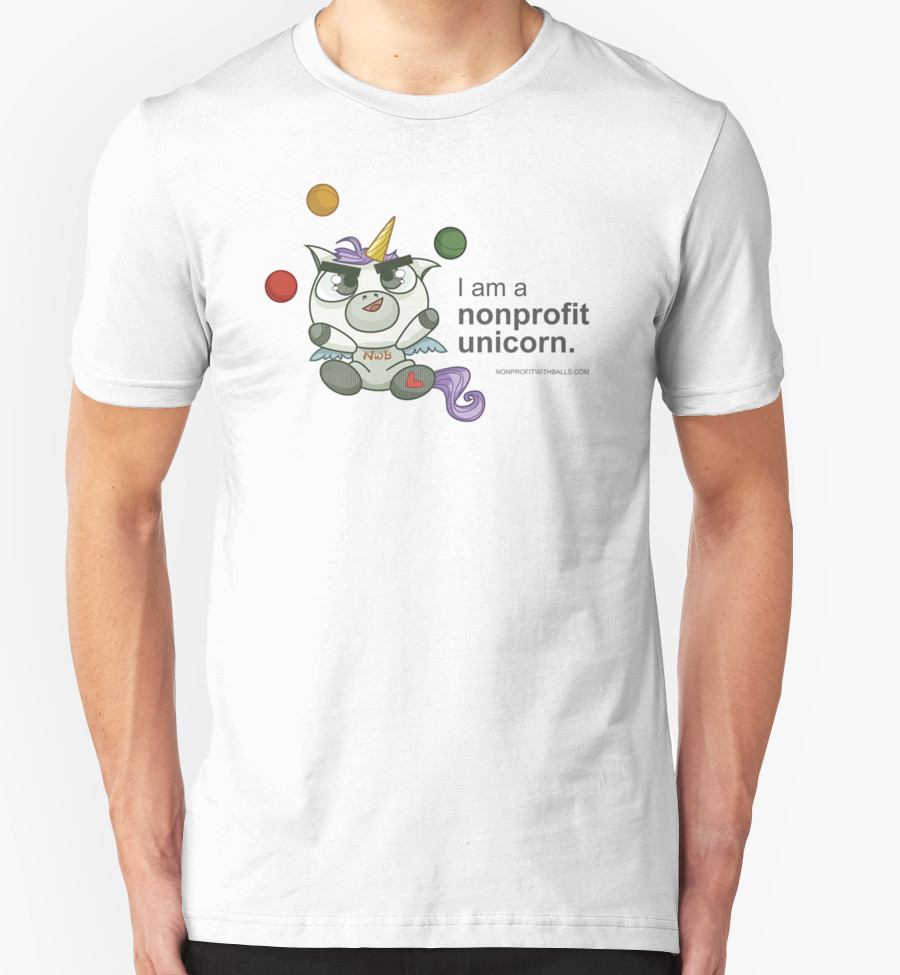 Hi everyone. I am in Washington DC giving a keynote at the Nonprofit Talent and Culture Summit on the importance of our sector’s investment in our most valuable resource: Sticky dots. No, just kidding: our professionals. So this post may be kind of hastily written, since I must find and put pictures of cute baby animals on my PowerPoint deck. (An entire post will be written later on the strategic deployment of cute baby animal pictures).
Hi everyone. I am in Washington DC giving a keynote at the Nonprofit Talent and Culture Summit on the importance of our sector’s investment in our most valuable resource: Sticky dots. No, just kidding: our professionals. So this post may be kind of hastily written, since I must find and put pictures of cute baby animals on my PowerPoint deck. (An entire post will be written later on the strategic deployment of cute baby animal pictures).
Today, I want to talk about being nice to job applicants. After doing lots of hiring, talking to friends who are applying for jobs, and having applied to jobs before (#OxfordCommaForever!), I realize just how demoralizing it can be out there for job candidates. A colleague told me he had three interviews with a panel of grumpy-ass people, got berated for asking a question “out of turn,” and didn’t hear from them for weeks. This was for a half-time entry-level position. WTF.
There are tons of tips out there for job applicants about how to stand out and improve their chances of securing that dream job. Today, let’s bring some balance. We in the nonprofit sector pride ourselves on equity, community, and social justice. And yet we still have some terrible habits that we need to break. For some reason, probably because of the power dynamics between employers and job applicants, otherwise-awesome organizations sometimes treat candidates like crap, like “others” instead of potential partners in our shared quest to create a better world. This often mirrors the injustice we nonprofits feel when treated like “others” by funders due to the power dynamics in funding.Continue reading →





